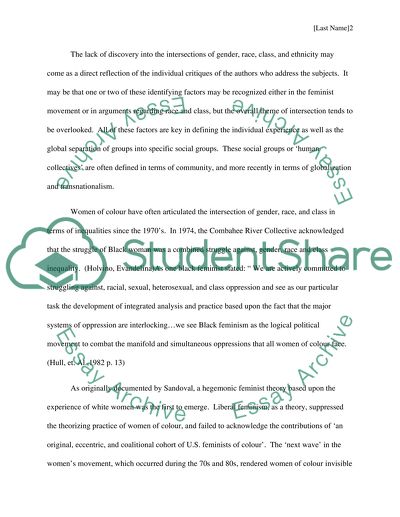Cite this document
(“Identity:gender,class,race, and ethnicity Essay”, n.d.)
Retrieved from https://studentshare.org/psychology/1420580-identitygenderclassrace-and-ethnicity
Retrieved from https://studentshare.org/psychology/1420580-identitygenderclassrace-and-ethnicity
(Identity:Gender,class,race, and Ethnicity Essay)
https://studentshare.org/psychology/1420580-identitygenderclassrace-and-ethnicity.
https://studentshare.org/psychology/1420580-identitygenderclassrace-and-ethnicity.
“Identity:Gender,class,race, and Ethnicity Essay”, n.d. https://studentshare.org/psychology/1420580-identitygenderclassrace-and-ethnicity.


